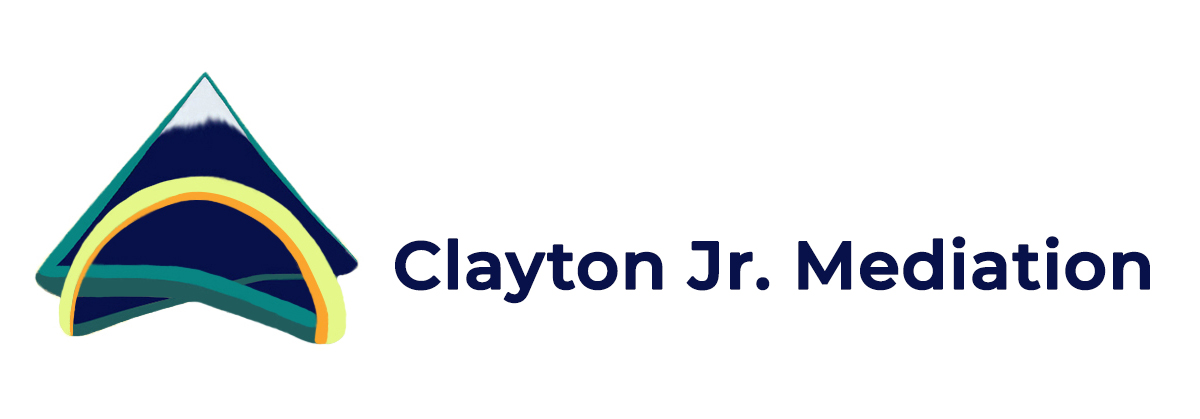
Maintaining a positive perspective or viewpoint in the midst of conflict can prove to be difficult. Yet, great value often rests in the opportunity. Certain situations may bring about the belief that our efforts to resolve challenges are meaningless or hopeless. Similarly, the notion that “we are stuck in a rut” also tends to arise in such circumstances. These kinds of perspectives can bolster hindrances to the fundamental basis of decision-making and problem solving, and in turn, may leave conflicts to persist. In this short article, we set out to examine the relationship between perspectives and dispute resolution. Several pertinent factors and strategies are discussed, and insight provided with respect to the question, “how can we encourage positive perspectives in conflict resolution?” In addition, we’ll briefly consider viewpoint-shifts that may occur when resolving disputes. Looking at this topic in depth is important given the robust connection between perspectives and the potential effectiveness of conflict resolution. Our dispositions and beliefs hold consequential power when it comes to building thoughtful and creative resolution processes.
In general, there are many things which may contribute to thoughts or feelings of hopelessness, doubt, and pessimism as we attempt to solve a dispute. From financial constraints to mental strain to complicated situations, we can find that our beliefs and attitudes are far removed from positive outlooks. Some relevant common factors that may give rise to negative viewpoints are:
- Expectations based on the history of communication, relationships, and other dynamics.
- Constraints or pressures concerning time, money, and other resources.
- Physical or emotional stresses and challenges.
- Lack of mutual understanding, candidness, and trust.
- Willingness to reconcile is absent (individually or mutually).
- Complexity of conflict – subsequent belief that there is no workable solution.
When making an effort to earnestly resolve disputes, many of us typically desire to have positive perspectives. One may ask, for example, “doesn’t doing conflict resolution go hand in hand with having the optimistic view that effective problem solving and communication can help with resolving conflicts?” And likewise, “is it not the case that participants in such processes often seek to establish critical thinking, objectivity, creativity, and so forth?” If we believe the answer to these questions is “yes”, then alleviating or productively transforming negative viewpoints appears to be a worthy goal.
How then do we move into a new light to form positive perspectives in conflict resolution, namely when our outlook is weighted down by difficulties? I’ve found that a good starting place in dispute resolution is to open up the channel of rapport while implementing steps with all participants. Doing so can reveal how ideas, interests, needs, etc. can be discussed in meaningful and manageable ways. In a sense, having a clear plan usually allows for stronger communication to take place. Additionally, it may enable the process of conflict resolution to better adapt to participants. Beyond setting up steps, there are many strategies and goals that can encourage positive viewpoints – several good examples are:
- Brainstorming and mapping out ideas, questions, interests, and needs.
- Identifying a mutual openness to being amenable – creative and practical thinking.
- Becoming aware of inhibitors and staying committed to a resolution-oriented mindset.
- Creating opportunities to build understanding and to reflect on conflicts in new ways.
- Observing disagreements from a neutral standpoint.
- Transforming viewpoints while resolving disputes.
Over the years, I’ve witnessed that the above strategies and goals tend to support more positive perspectives. In many cases, third-party neutral facilitators or “dispute resolution practitioners” may assist parties in conflict to effectively employ such methods and targets. Generally, dispute resolution practitioners have many critically important roles to fulfill, including the act of conducting communication, plans, and strategies. During these activities, participants can discover new information, methods, opportunities, and solutions. In sum, dispute resolution practitioners can facilitate the conflict resolution process to help participants move from places of impasse to spaces of problem solving with their own decision-making at the forefront. When this takes place, positive viewpoints are much more likely to surface. Similarly, it may bring about a shift whereby an individual or group moves away from doubtful perspectives, and moves towards hopeful beliefs and outlooks.
When we set out to resolve conflicts, developing positive viewpoints can be a formidable task at times. Nonetheless, we shouldn’t be moved to become a captive of despair. Hopeful and confident perspectives inevitably align with the types of actions and choices that build thoughtful agreements. Establishing the belief that difficult matters can be effectively resolved, directly supports an atmosphere of collaboration. While wisdom may be found in accounting for the dire reality of challenges associated with a dispute, we also have an incredible opportunity to open new doors and discover meaningful pathways of resolution. We may shift from having negative viewpoints to holding positive perspectives. This place is where an amazing transformation can take place – where we see there is a brighter day on the horizon.
CJ Clayton Jr.
12/11/2023
